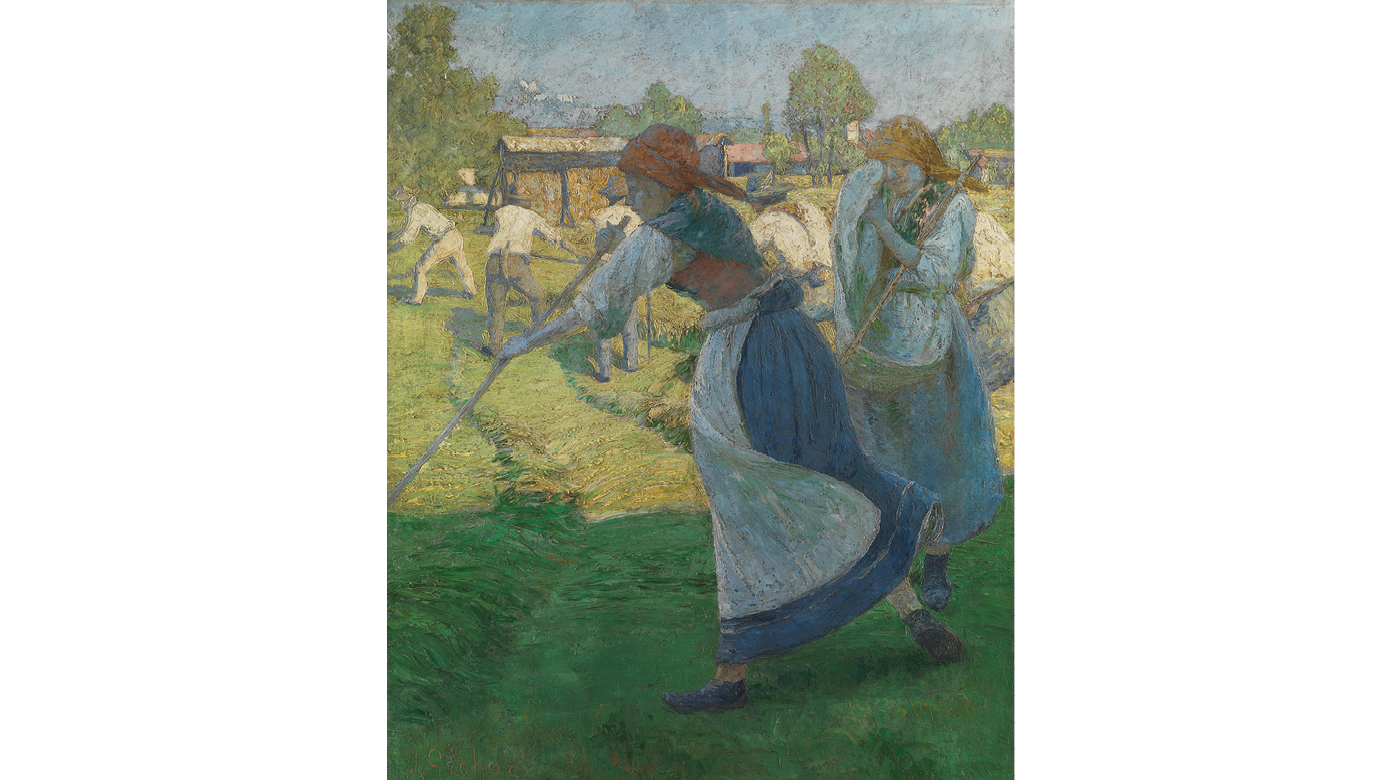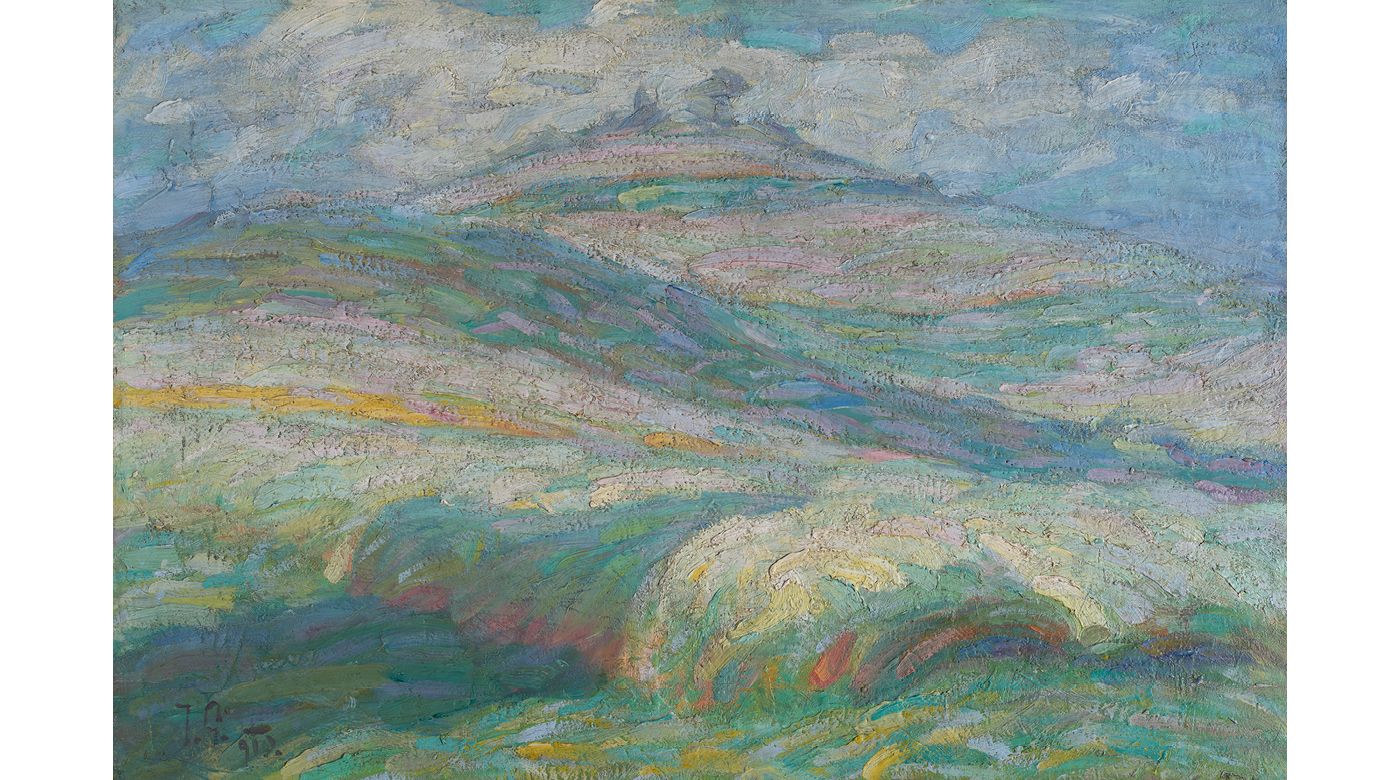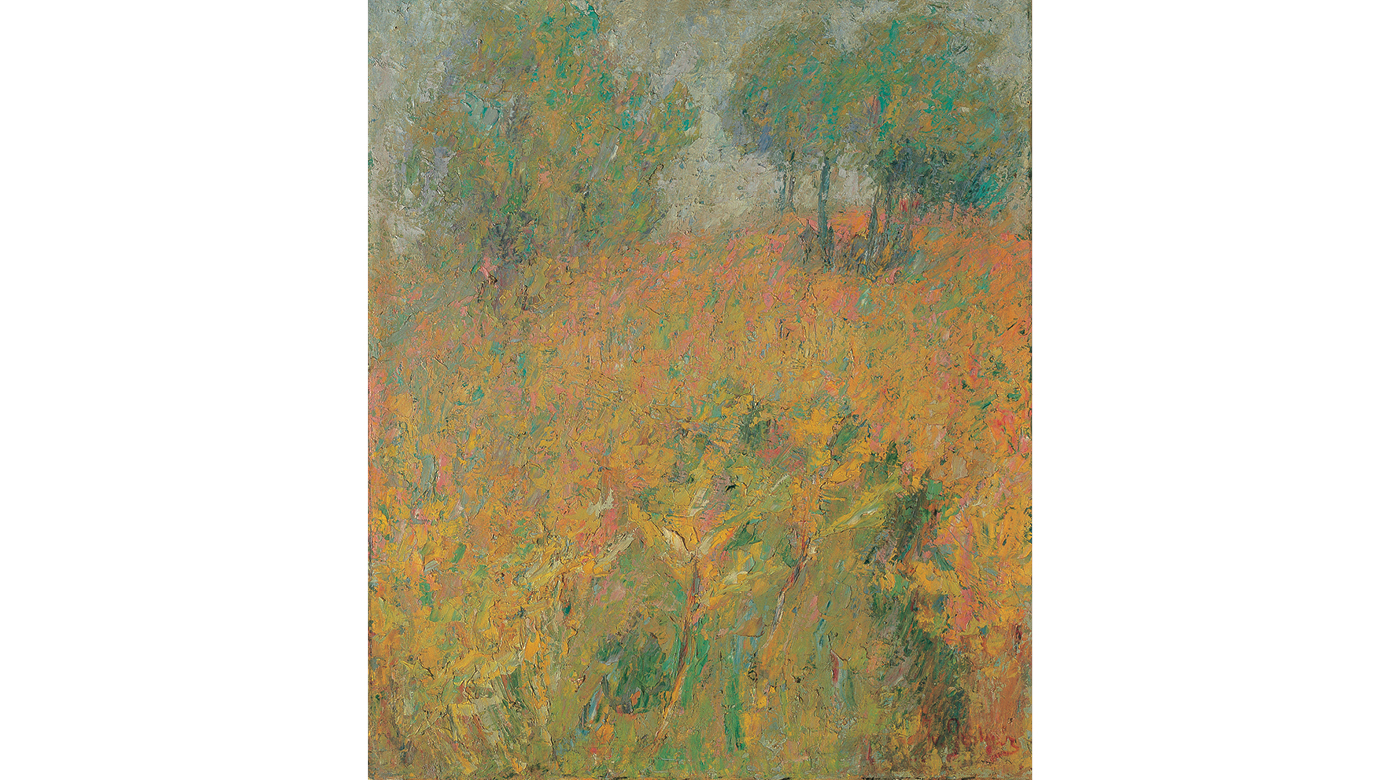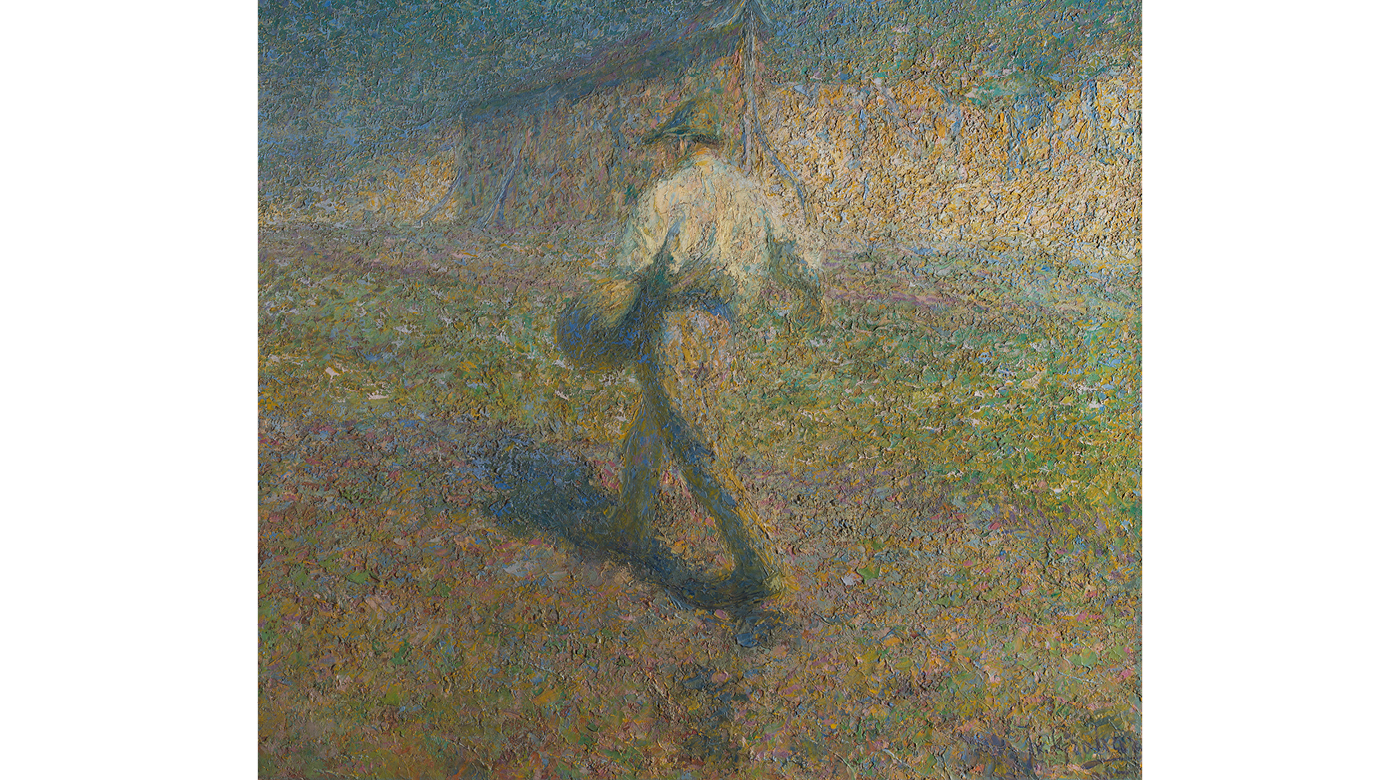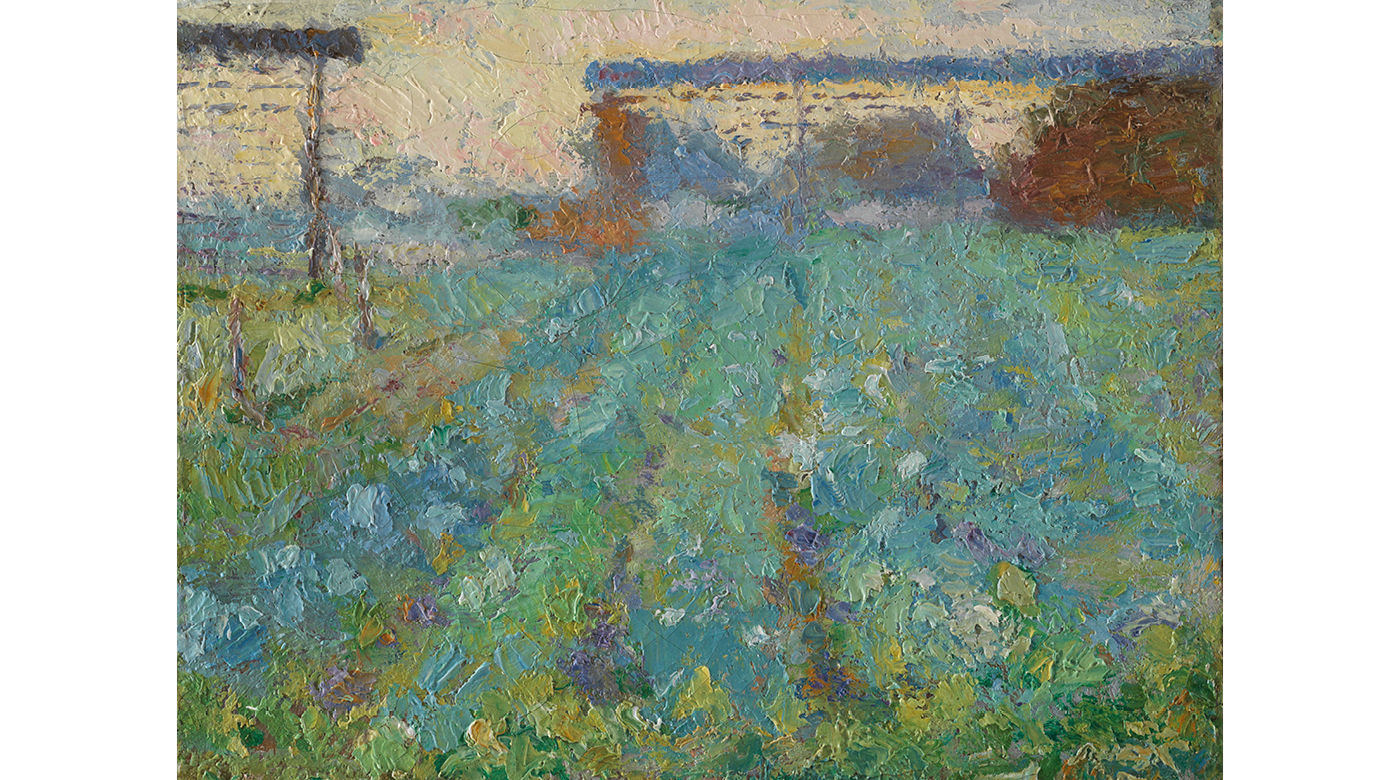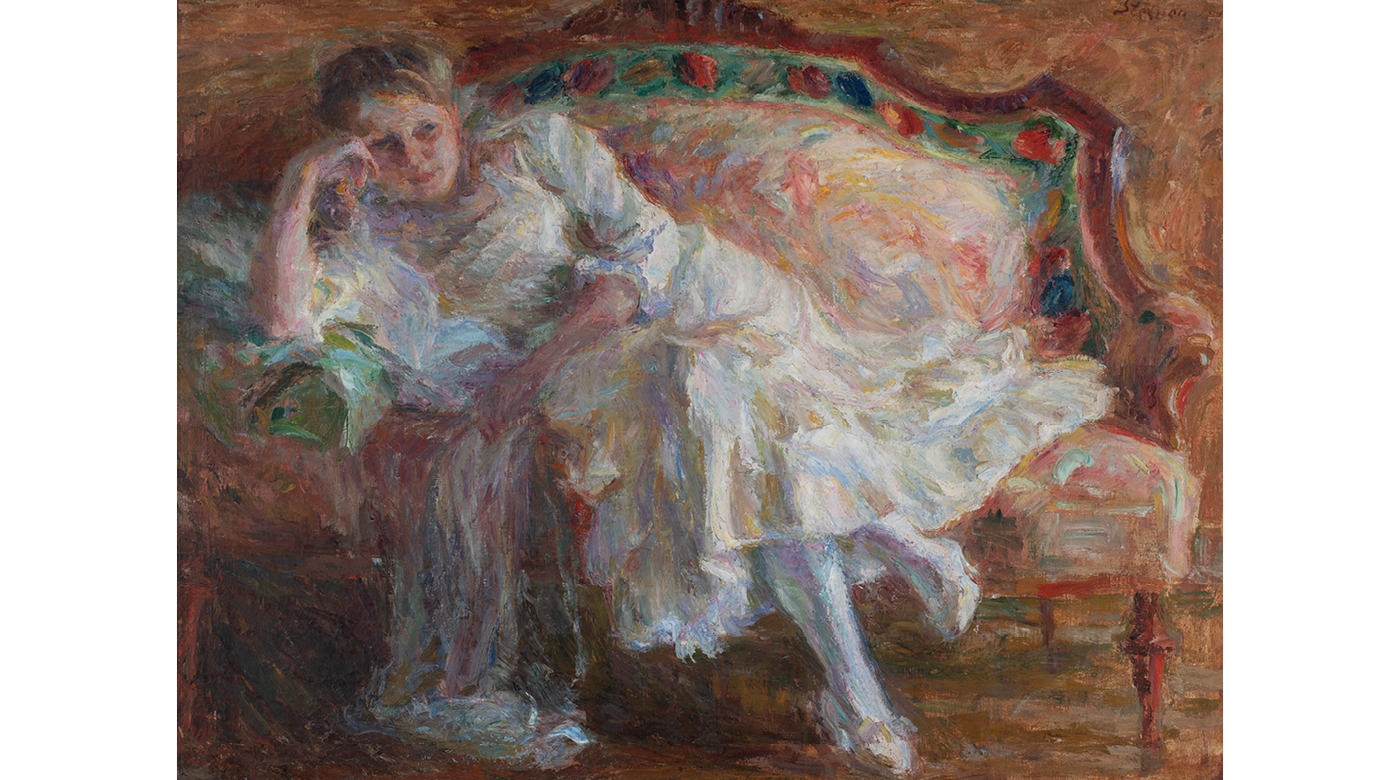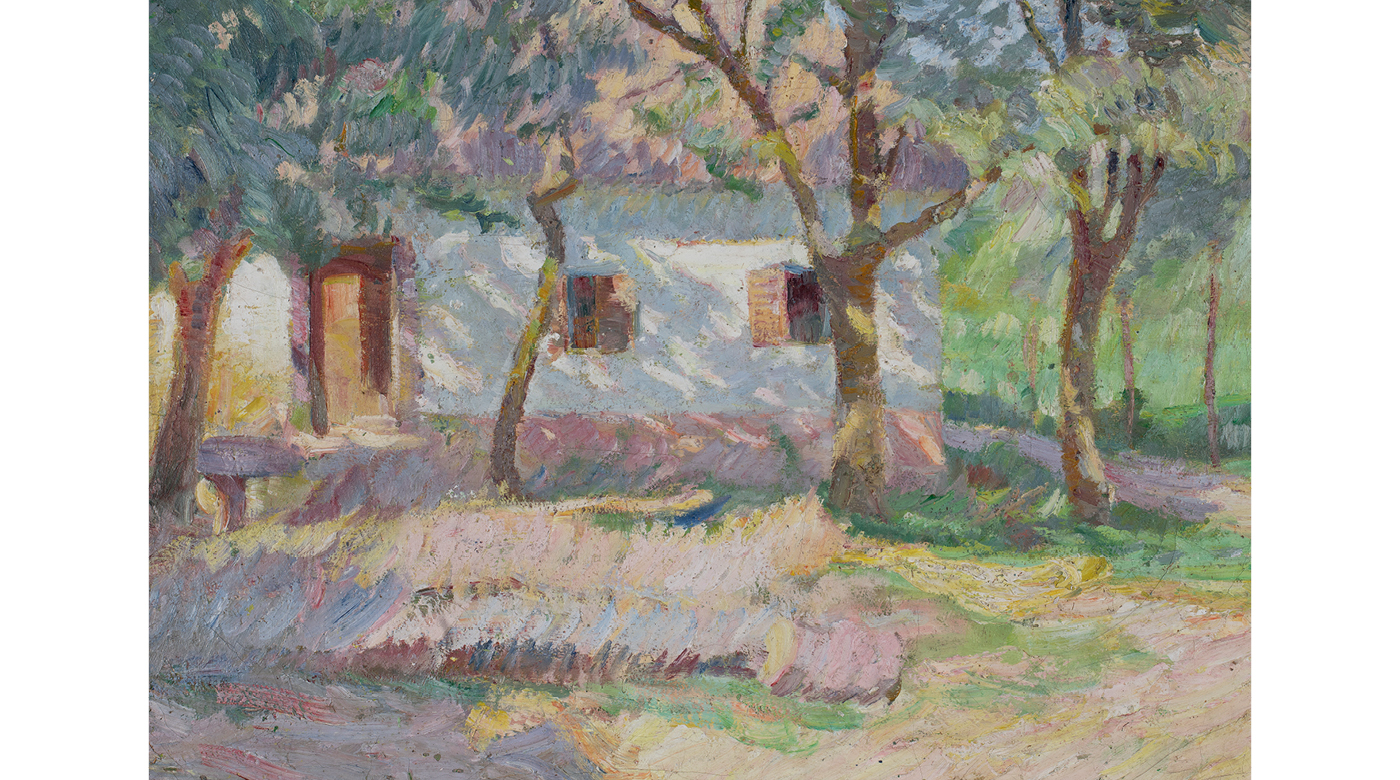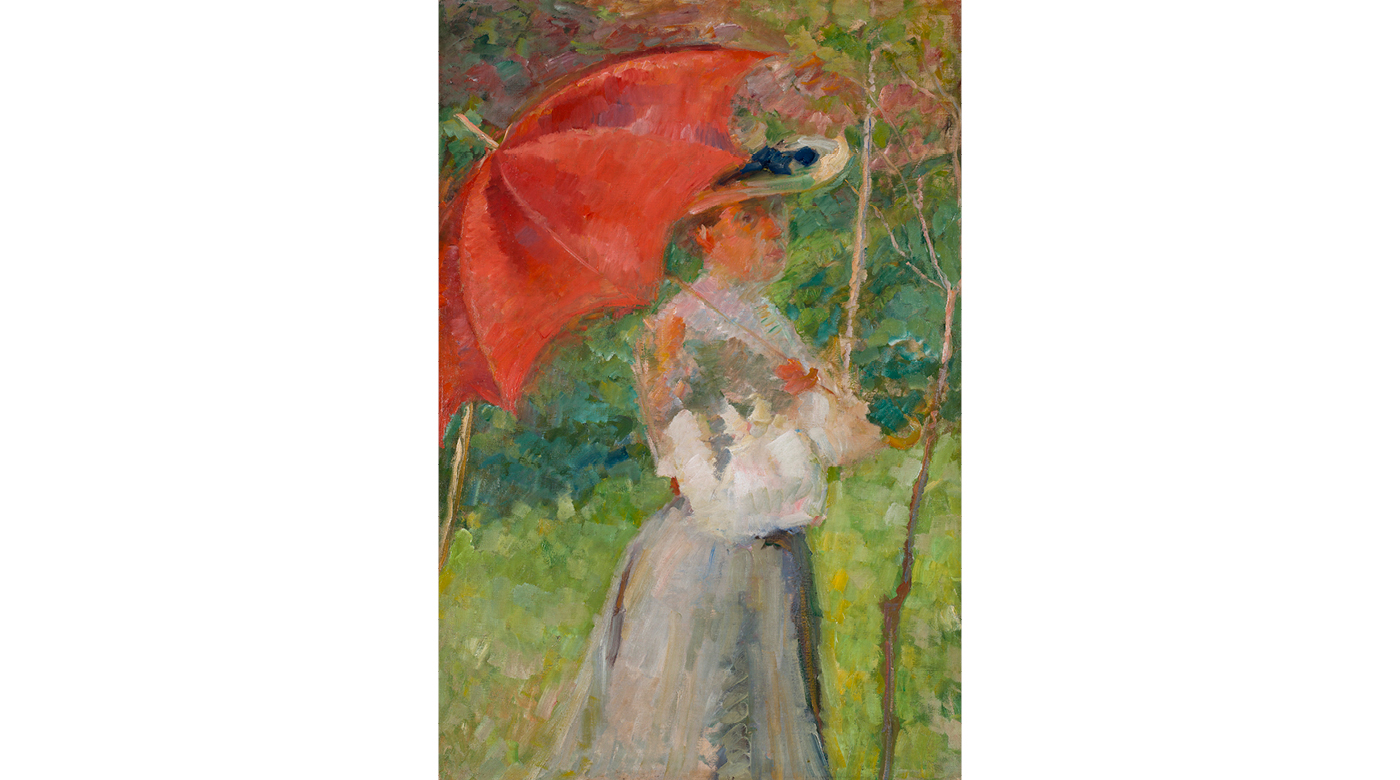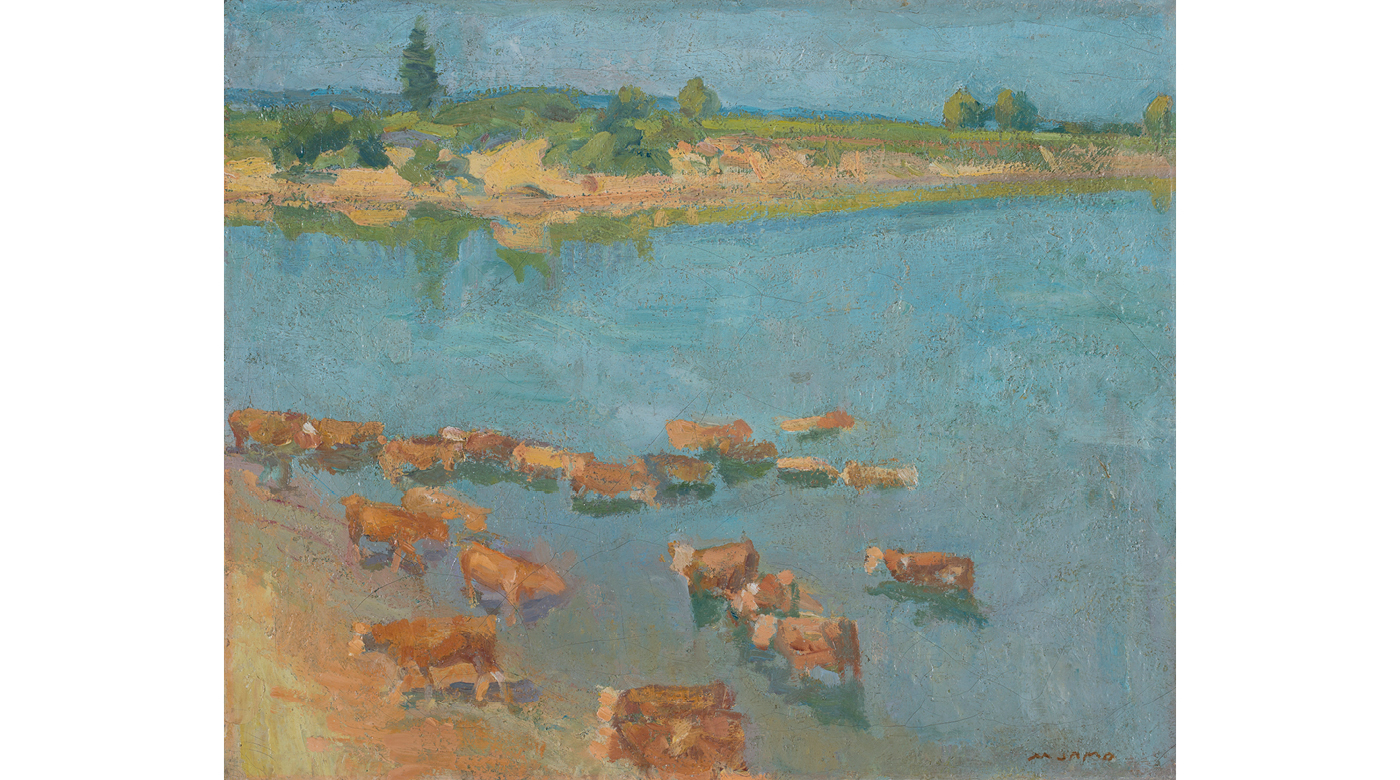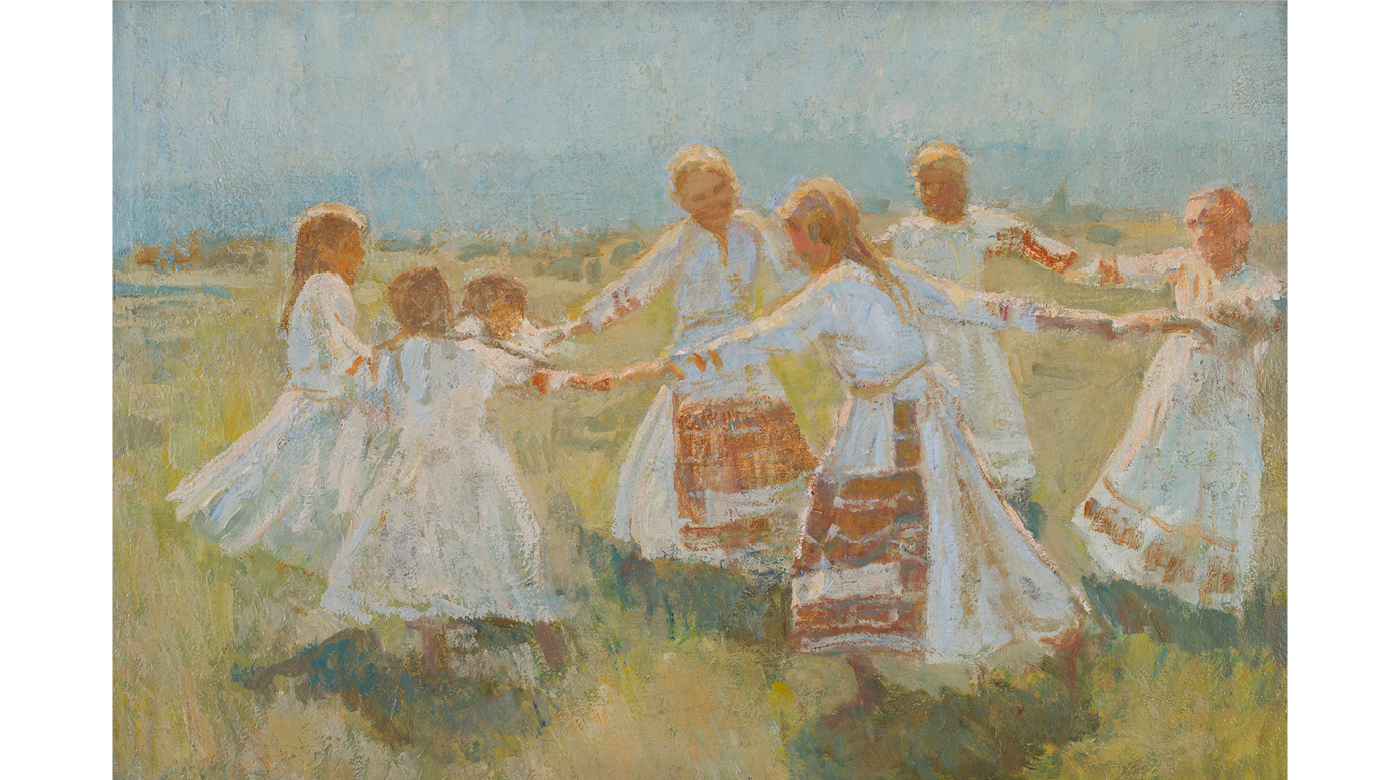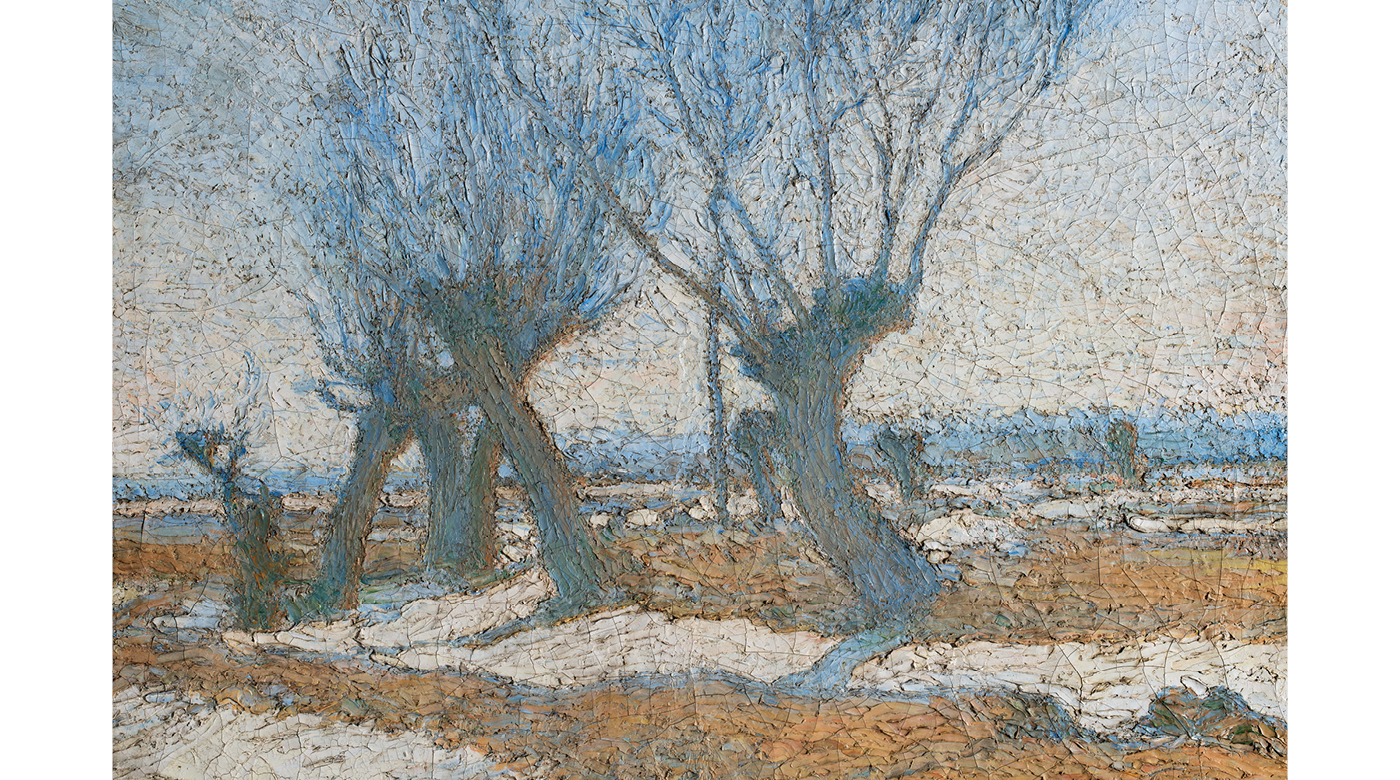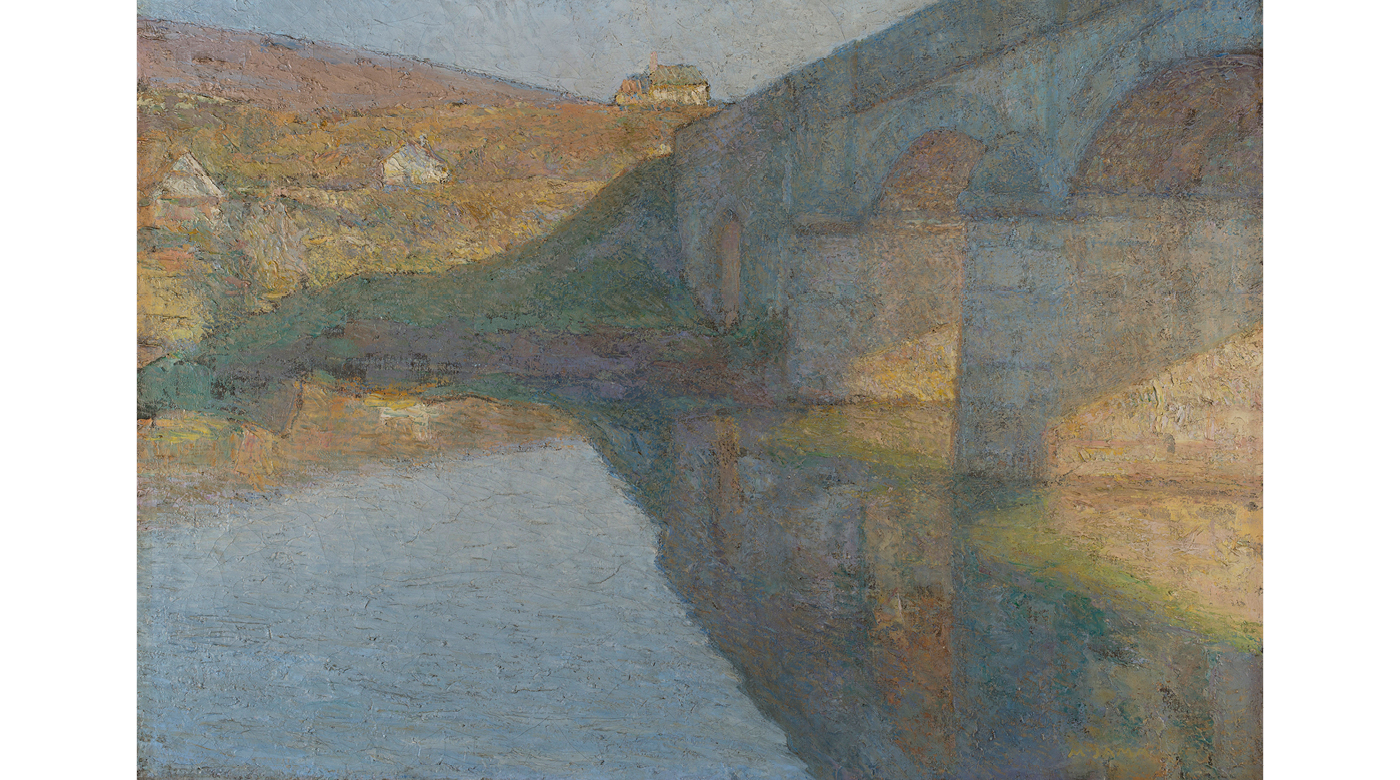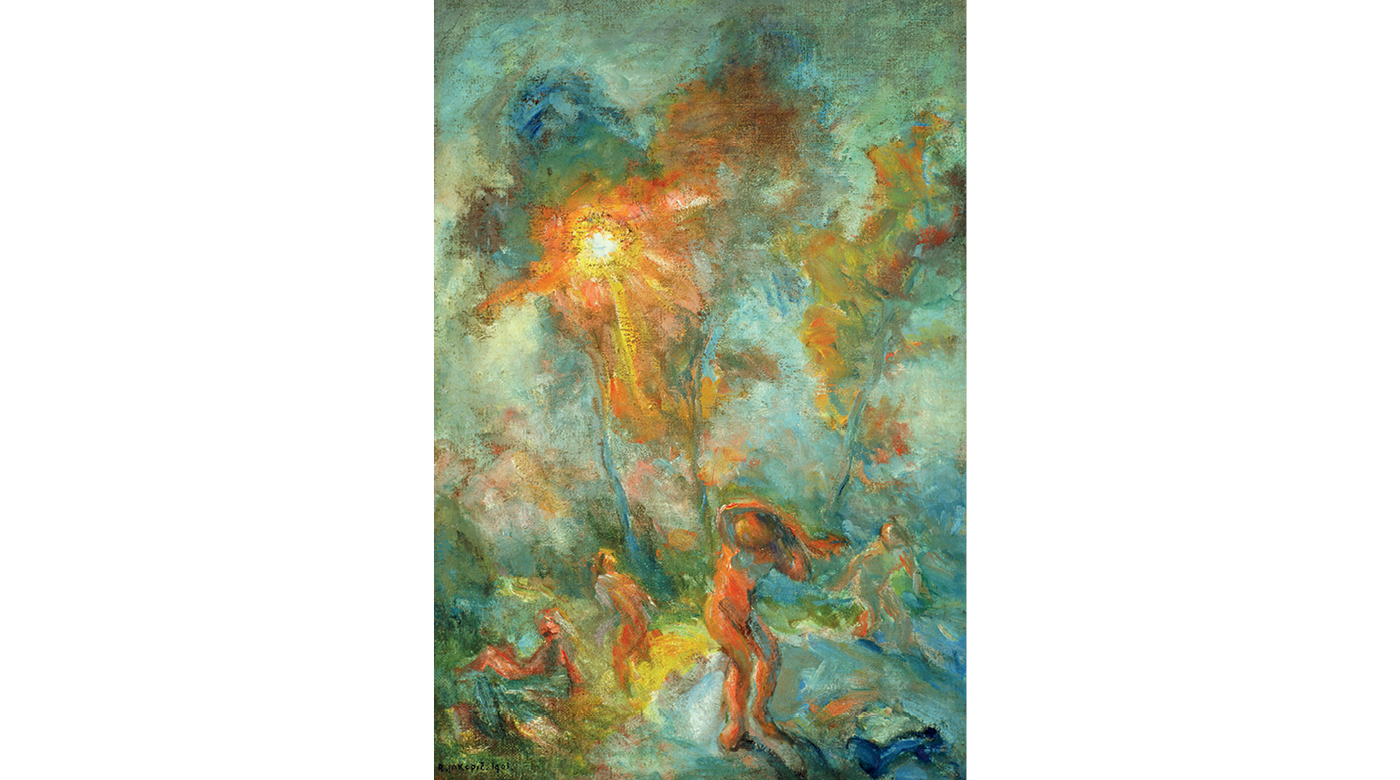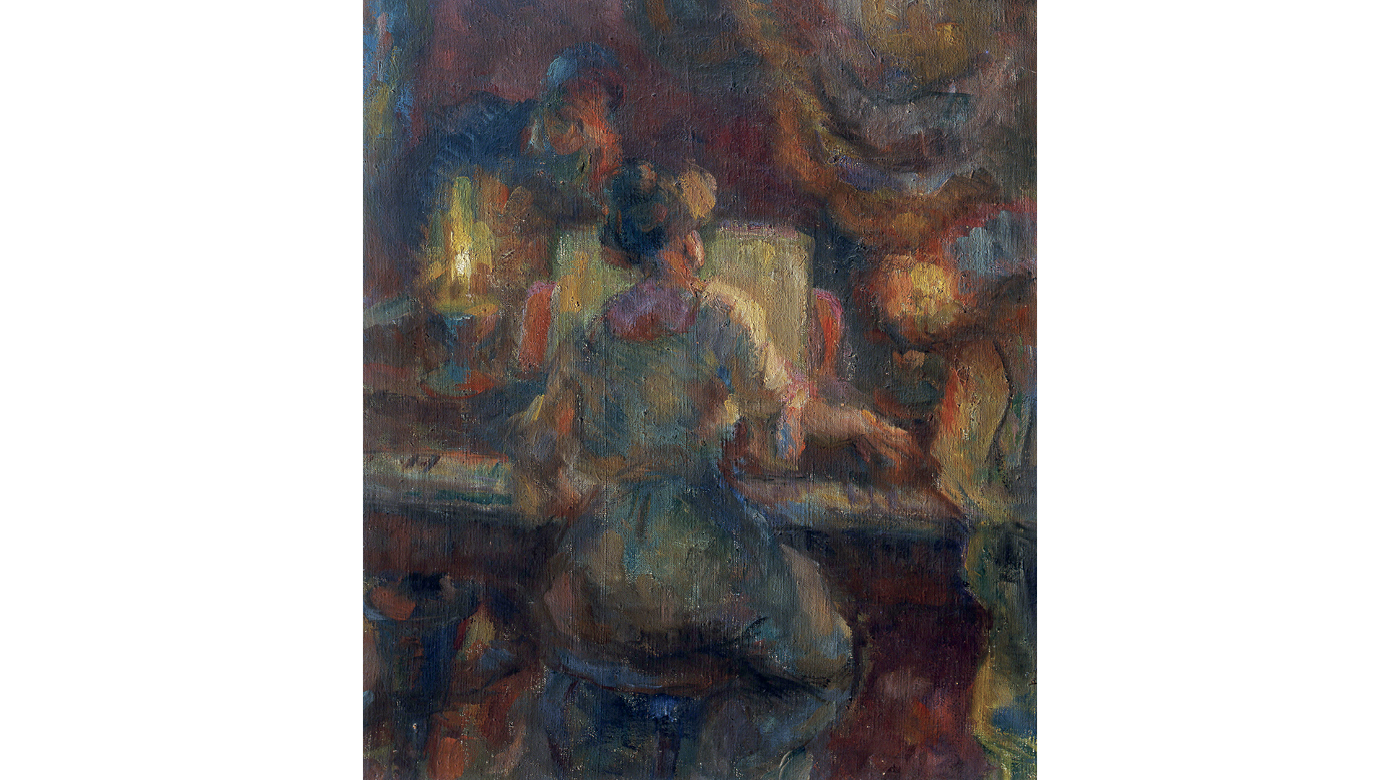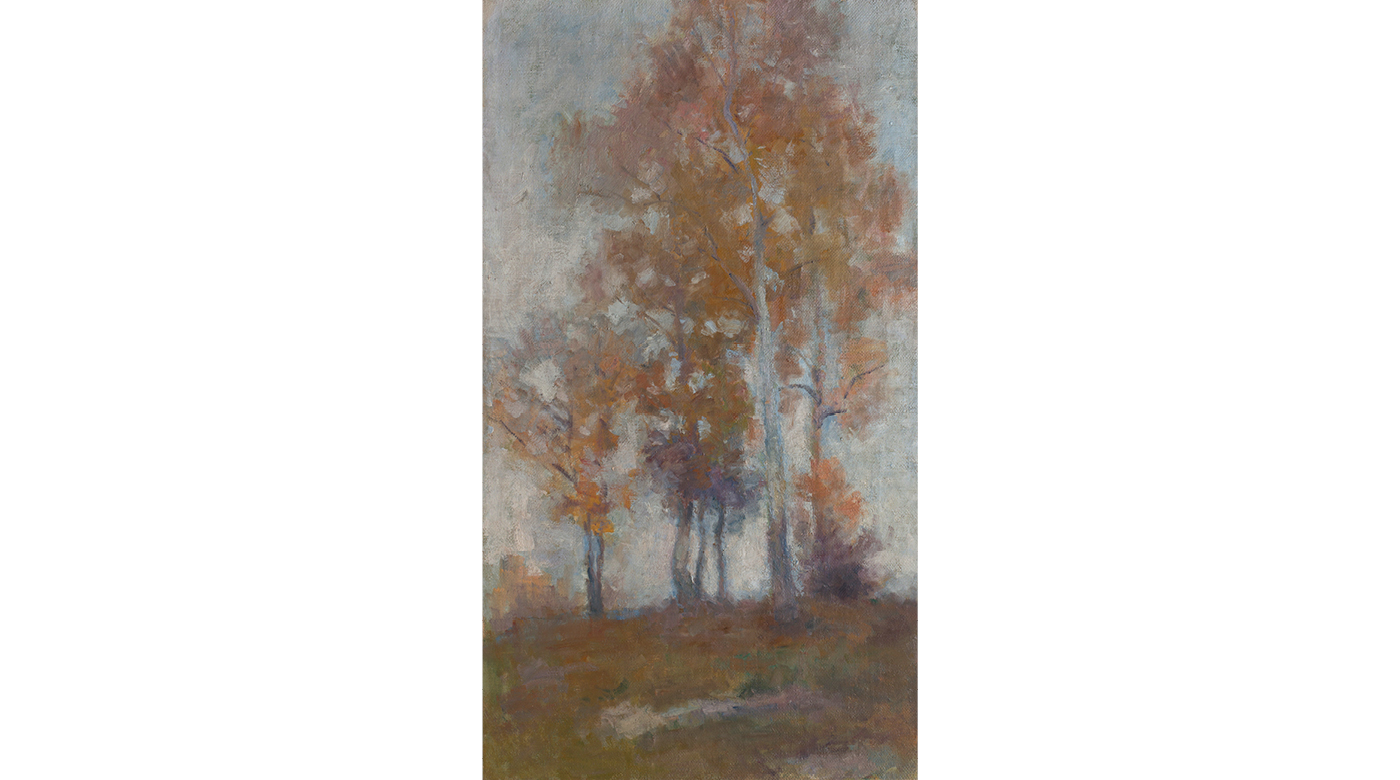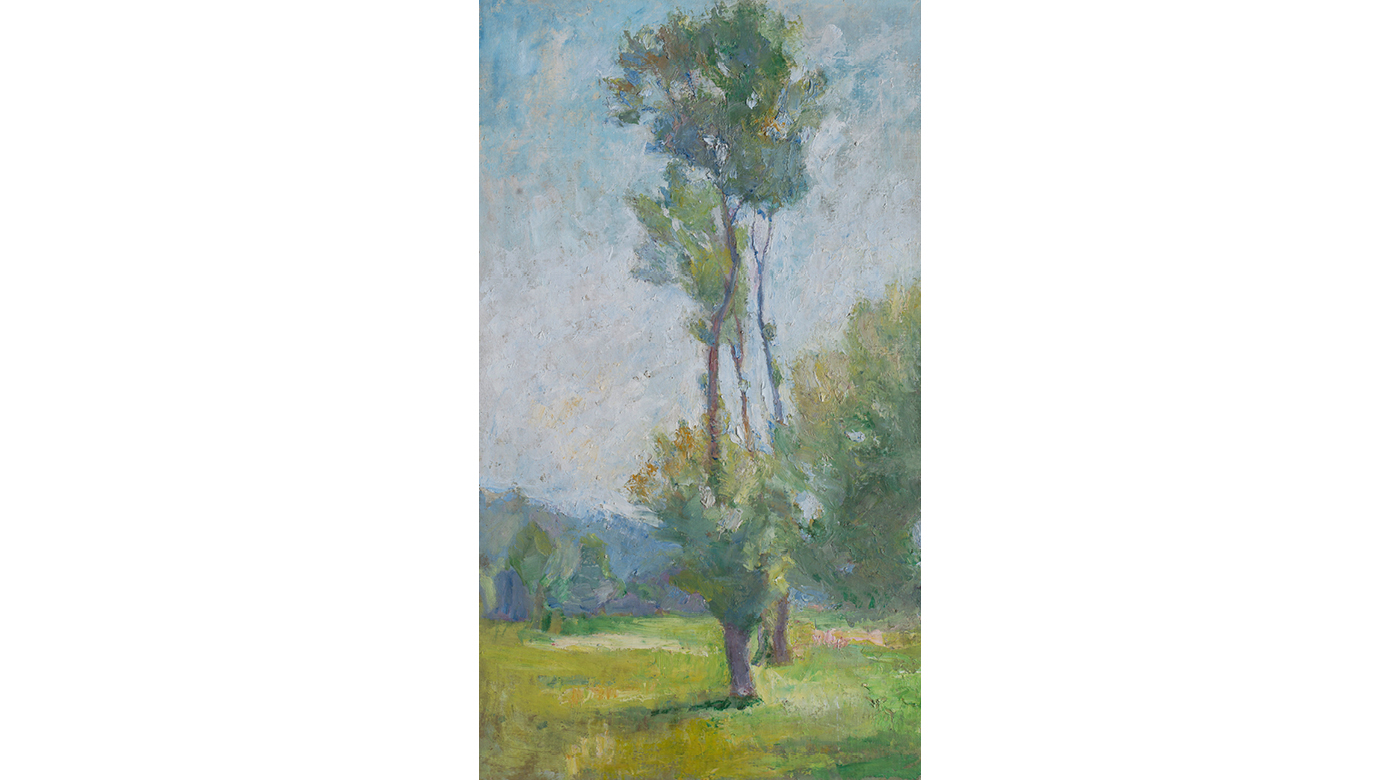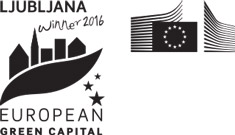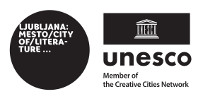Slovenian Impressionists
Ivan Grohar (Spodnja Sorica nad Železniki, 1867 – Ljubljana, 1911)
Grohar was the most lyrical figure of the Impressionist decade at the beginning of the twentieth century. He attended school in Graz, but his education was not adequate to enable him to enrol at the Vienna Academy, despite his exceptional talent. After a stay in Munich, he fulfilled church commissions. The turn of the century also marked a turning point in Grohar’s style. He began to rapidly develop his own painting technique, derived partly from Divisionism, but connected with Symbolism and Art Nouveau. However, his lack of success and his idiosyncratic nature led him to settle in Škofja Loka in 1904. There he created his best works, ranging from landscape motifs to monumental scenes of peasant work. He died from consumption in a Ljubljana hospital just a few days before he was due to leave on a study trip to Italy.
Artworks used:
Ivan Grohar, Rakers, (1902), oil on canvas, 133.5 x 107.5 cm, City Museum of Ljubljana, photo: Matevž Paternoster (MGML).
Ivan Grohar, A Hillock, 1910, oil on canvas, 50.3 x 74 cm, National Gallery.
Ivan Grohar, Autumn Sun, (1908), oil on canvas, 70 x 60 cm, City Museum of Ljubljana (MGML).
Ivan Grohar, The Sower, (1907), oil on canvas, 108 x 120 cm, Modern Gallery.
Matej Sternen (Verd, 1870 – Ljubljana, 1949)
Sternen was a draftsman, restorer, graphic artist and teacher, but above all he was a highly technically proficient painter. He was the only Slovenian Impressionist to graduate from an arts academy, having attended the Vienna Academy. He also lived in Munich and attended the Ažbe painting school. Sternen established himself as a painter of the female figure, and his oeuvre is dominated by nudes, portraits and vedutas. Rather than striving for emotional empathy, the guiding principle of his painting was the objective observation of the subject, but he revealed himself as an Impressionist through the treatment of optical effects, dynamic framing and the pasty application of paint.
Artworks used:
Matej Sternen, Morning (Zelnik), (1908), oil on canvas, 33.5 x 43 cm, City Museum of Ljubljana, photo: Matevž Paternoster (MGML).
Matej Sternen, On the Sofa, (1912–1914), oil on canvas, 101 x 133 cm, National Gallery.
Matej Sternen, Spring Sun, (1906–1909), oil on canvas, 64.5 x 90 cm, National Gallery.
Matej Sternen, The Red Parasol, (1904), oil on canvas, 125.5 x 85 cm, National Gallery.
Matija Jama (Ljubljana, 1872 – 1947)
Jama was educated in Zagreb and Munich. He was the greatest traveller of the Slovenian Impressionists, having spent time travelling by caravan and painting in German, Austrian and Dutch villages. When he finally settled in Ljubljana, he frequently went to paint in Bled, Volčji Potok, Bela Krajina and the Kolpa River Valley. He always remained faithful to Impressionist principles in his work and in his convictions, exploring the optical perception of the world. With calm brushstrokes and vibrant colours, he depicted mainly landscapes and vedutas.
Artworks used:
Matija Jama, Cows by the Kolpa River, (c. 1930), oil on canvas, 46.5 x 56 cm, National Gallery.
Matija Jama, Circle Dance, (1935), oil on canvas, 74 x 110 cm, National Gallery.
Matija Jama, Willows, (1908), oil on canvas, 67.5 x 89 cm, National Gallery.
Matija Jama, Bridge on the Dobra, (1907), oil on canvas, 70 x 100 cm, National Gallery.
Rihard Jakopič (Ljubljana, 1869 – 1943)
Jakopič was an exceptional figure in Slovenian art. He earned a special place in the artistic pantheon not only as an excellent painter, but also for his efforts to integrate art into a wider social framework. In 1909, at his own expense, he established the first permanent art exhibition in Ljubljana’s Tivoli. Together with Sternen, and later on his own, Jakopič ran a painting school, and he was a founder of the National Gallery, a patron of Novo Mesto Spring and a founding member of the Slovenian Academy of Sciences and Arts. After the First World War, he built upon his lyrical and symbolist Impressionist technique with decisive Expressionist brushstrokes and vivid colours. The dominant subjects of his works nonetheless remained the Sava River near Tacen, birches, work in the fields, and later also still lifes.
Artworks used:
Rihard Jakopič, Bathers, (1905), oil on canvas, 105.5 x 74.5 cm, National Gallery.
Rihard Jakopič, At the Piano (A Nocturne), (1912), oil on canvas, 67 x 68 cm, National Gallery.
Rihard Jakopič, Birches, (1903), oil on canvas, 93.5 x 54 cm, National Gallery.
Rihard Jakopič, Poplars in the Morning Sun, (1901), oil on canvas, 95 x 55 cm, National Gallery.
Author of the texts: Andrej Smrekar, National Gallery.

